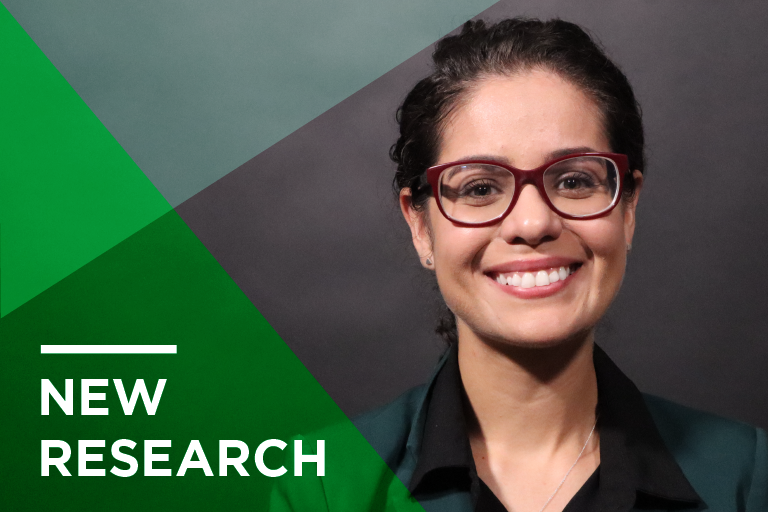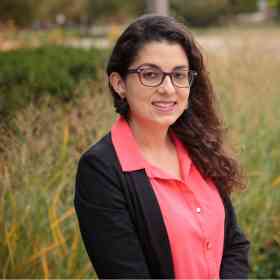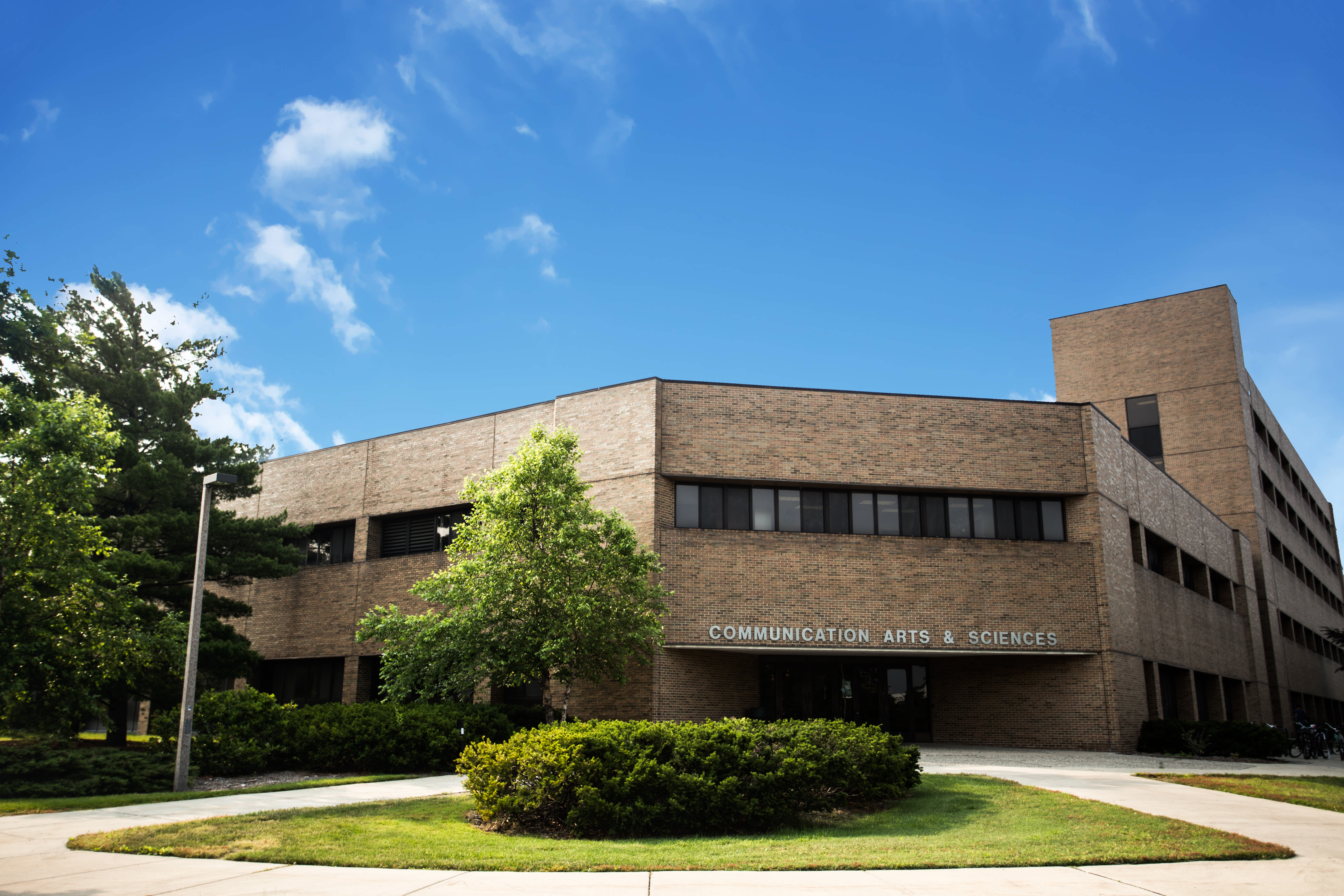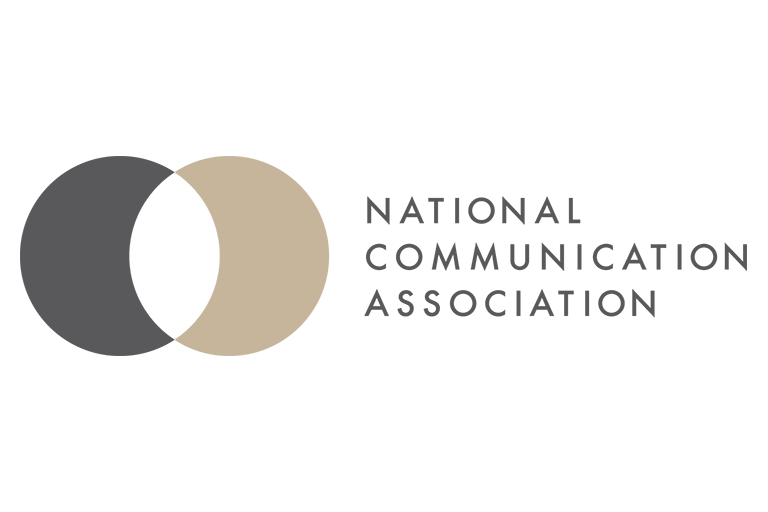Media Psychology
Media psychology is the psychological study of the causes and consequences of humans’ media use. Research within media psychology seeks to understand and explain the roles, uses, processes, and effects of mediated communication. It is interdisciplinary in nature and draws from a number of disciplines including political science, marketing, sociology, communication, public opinion, consumer behavior, and social, developmental, and personality psychology.
Featured Research

The Shape of News: Journalism Scholar Rachel Mourão Shows How News Can Affect Perception of Protests

Anastasia Kononova Named One of the Most Prolific Media Multitasking Researchers

Faculty and Ph.D. Students Present Research at National Communication Association
What Marching Band Teaches Us About Shaping Culture
Faculty
Faculty

Faculty

Saleem Alhabash
ProfessorDepartment
Advertising + Public RelationsSaleem Alhabash is an Associate Professor of Public Relations and Social Media at the Department of Advertising + Public Relations, studying the persuasive effects of social media.
Contact
Faculty

Allison Eden
Associate ProfessorDepartment
CommunicationDr. Allison Eden (Ph.D. Michigan State University) is an associate professor in the Department of Communication.
Faculty

Dar Meshi
Associate ProfessorDepartment
Advertising + Public RelationsDar Meshi investigates the maladaptive, problematic use of social media. He earned his B.S. in biology from the University of California at Los Angeles, and his Ph.D. from Columbia University in New York. After his Ph.D., Dar spent some time in New York working at advertising agencies like Ogilvy and Mather.
Contact
Faculty

Wei Peng
ProfessorDepartment
Media & InformationWei Peng is a Professor and Associate Chair in the Department of Media and Information, Michigan State University. She is affiliated with the Games for Entertainment and Learning (GEL) lab and the Health and Risk Communication Center.
Contact
Faculty

Rabindra Ratan
Associate Professor, AT&T Endowed ChairDepartment
Media & InformationDr. Rabindra (Robby) Ratan runs MSU's Social and Psychological Approaches to Research on Technology-Interaction Effects (SPARTIE) Lab: www.spartie.org. His research examines how media technologies like XR (e.g., VR, AR, MR), avatars, agents/AI, and video games influence meaningful outcomes (e.g., equity, well-being, and motivation) across societal contexts (e.g., education, health, business). His key interests include the Proteus effect, human-AI interaction, gender stereotypes in gaming, and virtual meetings. Since 2022, he has been teaching his classes in virtual reality, leveraging VR to provide immersive educational experiences, and has authored over 70 peer-reviewed articles, receiving significant grant funding from diverse sources. He is founder of the MSU XR Co-Op and the Meaningful XR conference: www.meaningfulxr.org
Contact
Faculty

Ralf Schmälzle
Associate Professor of Communication ScienceDepartment
CommunicationRalf Schmälzle, Ph.D. (SHMAL-ts-lee, 拉尔夫·舍马尔兹勒) is an Associate Professor of Communication Science in the Department of Communication at Michigan State University. His research focuses on brain responses to real-life messages in the domains of health communication and entertainment media. He is cross-trained in communication and psychology, and integrates methods from cognitive neuroscience and AI.
Contact
Faculty

Ron Tamborini
ProfessorDepartment
CommunicationRon Tamborini (Ph.D., Indiana University) is the Director of Doctoral Studies and a Professor in the Department of Communication at Michigan State University where he teaches courses in media process and methods of communication inquiry.
Contact
Faculty

Brandon Van Der Heide
Associate Professor, Director of Doctoral StudiesDepartment
CommunicationBrandon Van Der Heide (Ph.D., Michigan State University) is a teacher and researcher working at the intersection of the domains of computer-mediated communication and interpersonal communication
Contact
Faculty

Fashina Aladé,
Assistant ProfessorDepartment
Advertising + Public RelationsFashina (Shina) Aladé is an Assistant Professor of Advertising & Public Relations, and also holds a courtesy appointment in the Department of Human Development and Family Studies. Her work lies at the intersection of media effects, developmental psychology, and early childhood education, with a focus on young children’s comprehension of and learning from educational media.
Contact
Faculty

Chuqing Dong
Assistant ProfessorDepartment
Advertising + Public RelationsContact
Faculty

Dan Hiaeshutter-Rice
Assistant ProfessorDepartment
Advertising + Public RelationsContact
Faculty

Maria Molina
Assistant ProfessorDepartment
Advertising + Public RelationsContact
Centers and Labs
The Theoretical and Applied Research on Media Affect and Cognition (TARMAC) lab is a state of the art media psychology lab featuring four separate areas including: a welcome room, a room with 12 computers for web-based and reaction-time studies, a “living-room” area for television and video game research, and a virtual reality and gaming area with four computers equipped with eye-tracking and Oculus Rift headgear
Current studies include research on virtual reality and entertainment, games and violence, the social appeal of movies, and the role of motivation in media appeal.
The Center for Avatar Research and Immersive Social Media Applications is focused on the interdisciplinary study of the effect of virtual reality experiences on human interaction.
Media and Advertising Psychology Lab is focused on the study of media and advertising using biopsychological approaches, methods and theories.
Leveraging our Network

Media Psychology is one of a number of thematic, collaborative research interest areas in ComArtSci. Although graduate students apply to one of the three doctoral areas or any masters areas in the college, they may become research collaborators in any of the interest areas. For example, students specializing in advertising, communication, and journalism participate in the Media Psychology interest group.

